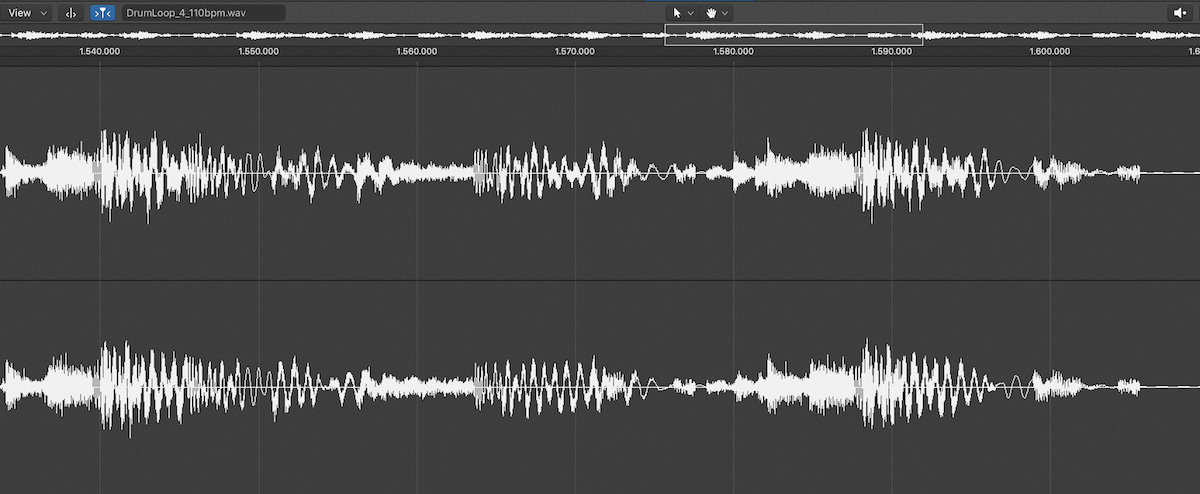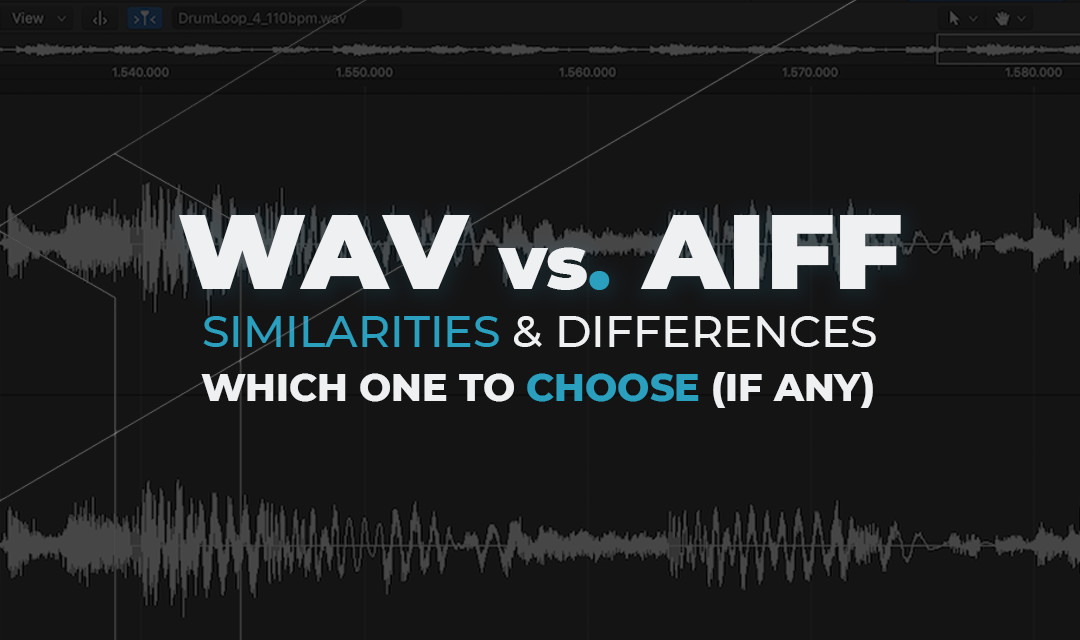EVERY time is a good time to try and let go of the rumors, the hoaxes and the misleadings that have been around for so long. Some of them were once true but things have changed since then. Others, having little to none evidence of truth inside, keep spreading within their supporters’ communities.
With this one we’ll focus on the wav vs. aiff file types discussion, trying to figure out which one -if any- is ideal for which situation and why. Just talking on only these two because a. we take for granted that there is no reason for comparing these to compressed audio files in a post like this and b. they are the two most commonly found types in audio production and relevant situations.

Wav was created by Microsoft (and IBM), Aiff by Apple. Need more to see how these all started?! But this was back in late 80’s/early 90’s. Even if these two are similar alternatives of the same formatting principle, the little to none cross-platform needs at the time kept everyone happy with their appropriate file in place.
As with everything in the field, the Microsoft version approached wider audiences while Apple’s one stayed within the dedicated community. Rumors and misinterpretations of the specs of each type led to statements such as the one that aiff can carry metadata while wav cannot, be taken as granted.
While there seemed to be a better handling of additional info, such as loop point and tempo information by aiffs, especially from past hardware samplers, wavs can also bring such information. Most -if not ALL- DAWs will ask or automatically change their project tempo to match an imported file, either wav or aiff, provided this had been saved with such project data included.
Is AIFF-C a compressed version of full-size aiffs?
Back in the summer of 1991, Apple revisited its protocol to include compressed audio data. What this update brought was “the ability to store compressed audio data in a standard manner. Naturally, AIFF-C also allows the storage of uncompressed audio data. The “C” in AIFF-C signifies its extension to handle compressed audio data.” Focus on the ability to handle.., since it is a point which most of us misunderstand, thinking that we are dealing with a compressed version of an original audio file. So, once and for all, AIFF-C files are not compressed files that lack parts of the original info, they are just files using today’s standards.
“Which one should I use?”
In most scenarios you should be just fine by using what’s available. If, let’s say, you collaborate with an artist and they send you aiffs but you are working the project with wavs, you should simply import them to your session and continue working. Even though converting back and forth does not alter the file’s quality (provided you don’t mess with the original bit-depth and sample rate), it is an unnecessary step that you shouldn’t just take for the sake of the resemblance of the files used.
As Intimate Noise we have aiff packs as well as wav packs in our library, mostly depending on what each artist originally exported to. If for any case you’d prefer the altered version or if you have found any incompatibilities with software/hardware samplers or any other equipment using a specific filetype, just let us know so that we convert it for you if you are not into doing so, or even update this text if needed!
UPDATE 06/2022: A friend of Intimate Noise kindly informed us recently that Dirtywave’s M8 currently does not support .aiff, as of its firmware version 2.6.0, making it the first device (that we know of) that doesn’t treat both file types equally.
